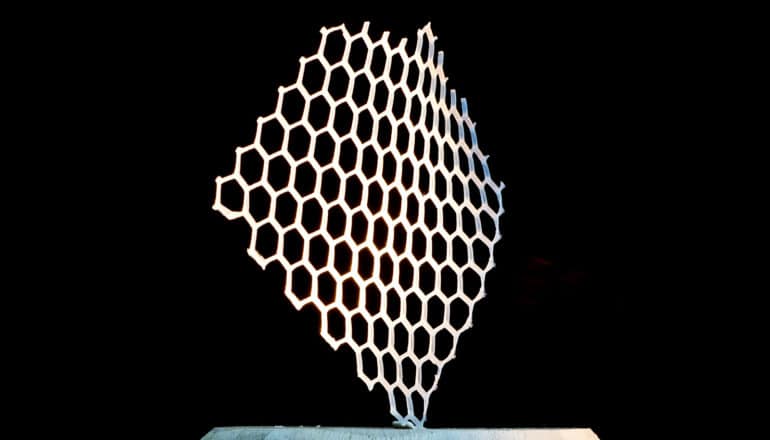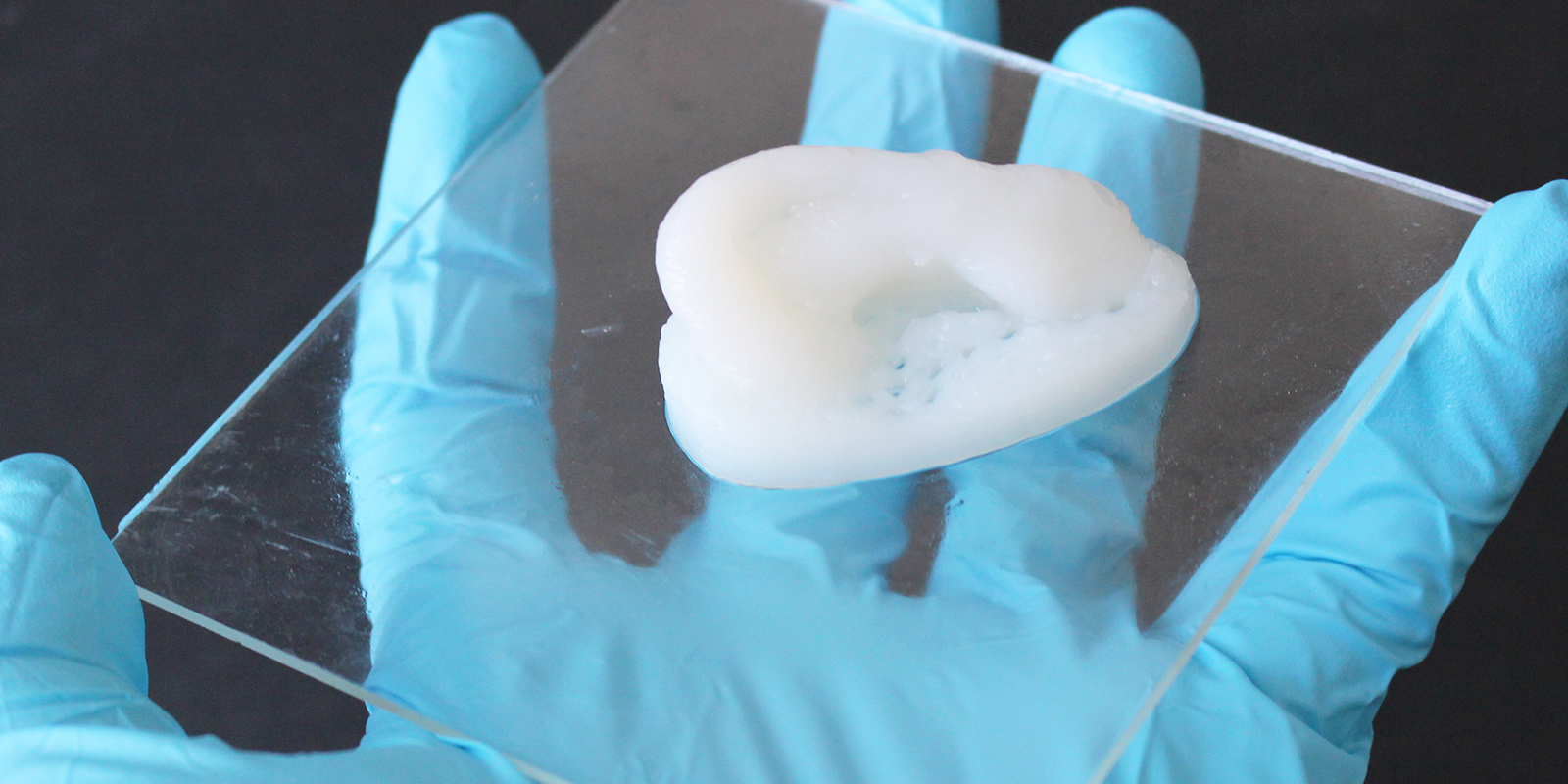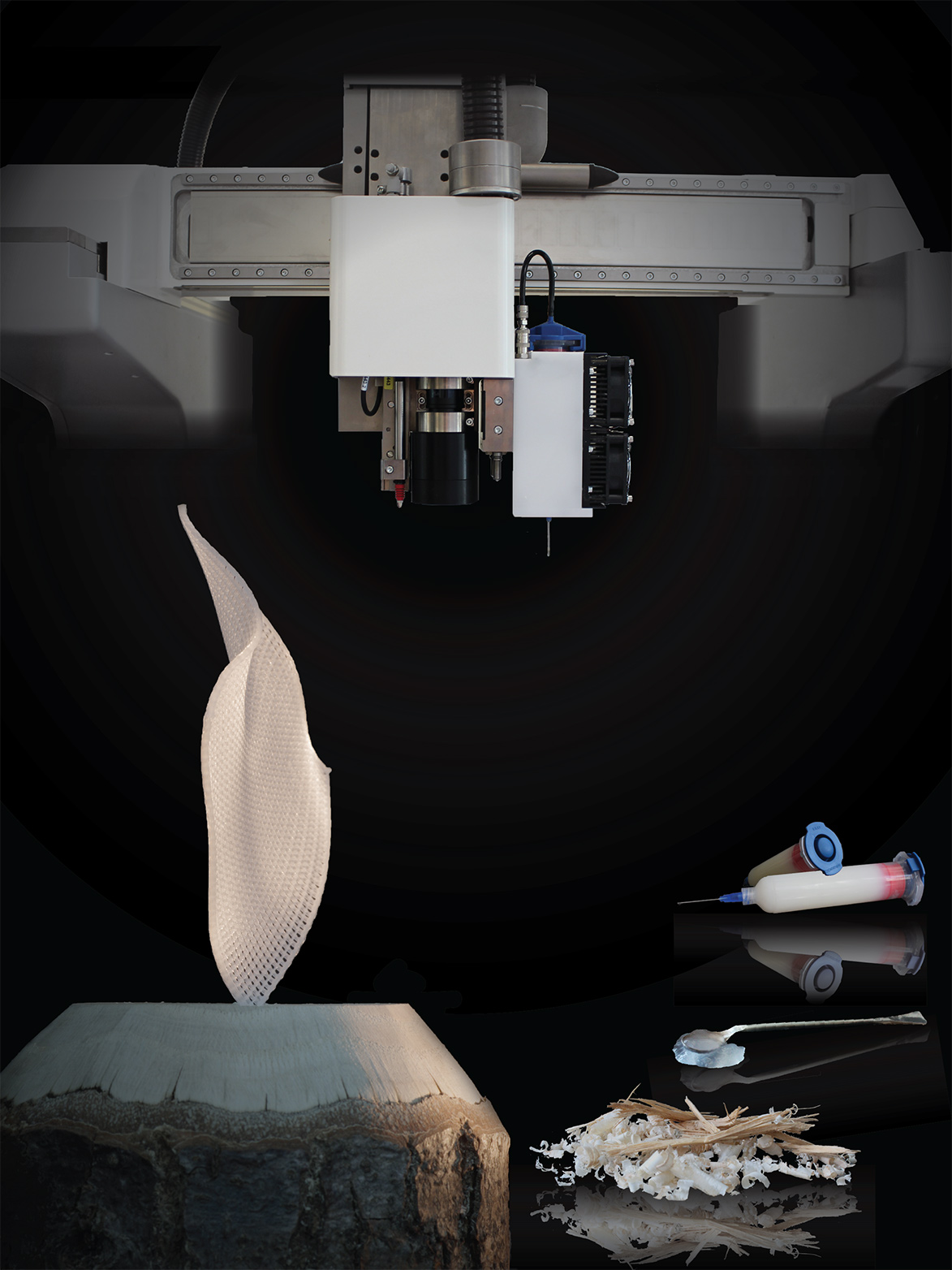
Researchers have 3D printed complex objects with higher cellulose content than any other additively manufactured cellulose-based parts.
Trees and other plants lead the way: they produce cellulose themselves and use it to build complex structures with extraordinary mechanical properties.
That makes cellulose attractive to materials scientists who are seeking to manufacture sustainable products with special functions. However, processing materials into complex structures with high cellulose content is still a big challenge for materials scientists.
Researchers from ETH Zurich and Empa have now found a way to process cellulose using 3D printing so as to create objects of almost unlimited complexity that contain high levels of cellulose particles.

To do this, they combined printing via direct ink writing (DIW) method with a subsequent densification process to increase the cellulose content of the printed object to a volume fraction of 27%.
The researchers are admittedly not the first to process cellulose with the 3D printer. However, previous approaches, which also used cellulose-containing ink, have not been able to produce solid objects with such a high cellulose content and complexity.
A trick to make the ink
The composition of the printing ink is extremely simple. It consists only of water in which cellulose particles and fibers measuring a few hundred nanometers have been dispersed. The cellulose content is in between six and 14% of the ink volume.
The researchers used the following trick to densify the printed cellulose products: After printing a cellulose-based water ink, they put the objects in a bath containing organic solvents. As cellulose does not like organic solvents, the particles tend to aggregate. This process results into shrinkage of the printed part and consequently to a significant increase in the relative amount of cellulose particles within the material.
In a further step, the scientists soaked the objects in a solution containing a photosensitive plastic precursor. By removing the solvent by evaporation, the plastic precursors infiltrate the cellulose-based scaffold.
Next, to convert the plastic precursors into a solid plastic, they exposed the objects to UV light. This produced a composite material with a cellulose content of the aforementioned 27 volume percent. “The densification process allowed us to start out with a 6 to 14% in volume of water-cellulose mixture and finish with a composite object that exhibits up to 27 volume percent of cellulose nanocrystals,” says Hausmann.
As if that were not enough, depending on the type of plastic precursor used, the researchers can adjust the mechanical properties of the printed objects, such as their elasticity or strength. This allows them to create hard or soft parts, depending on the application.
3D printing with cellulose
Using this method, the researchers were able to manufacture various composite objects, including some of a delicate nature, such as a type of flame sculpture that is only 1 millimeter thick. However, densification of printed parts with wall thickness higher than five millimeters lead to distortion of the structure because the surface of the densifying object contracts faster than its core.

The researchers investigated their objects using X-ray analyses and mechanical tests. Their findings showed that the cellulose nanocrystals are aligned similarly to those present in natural materials.
“This means that we can control the cellulose microstructure of our printed objects to manufacture materials whose microstructure resembles those of biological systems, such as wood,” says Rafael Libanori, senior assistant in ETH professor André Studart’s research group.
The printed parts are still small—laboratory scale, you could say. But there are many potential applications, from customized packaging to cartilage-replacement implants for ears. The researchers have also printed an ear based on a human model. Until such a product could be used in clinical practice, however, more research and, above all, clinical trials are necessary.
This kind of cellulose technology could also be of interest to the automotive industry. Japanese carmakers have already built a prototype of a sports car for which the body parts are made almost entirely of cellulose-based materials.
The research appears in Advanced Functional Materials.
Source: ETH Zurich
The post 3D printing uses plant-based ‘ink’ to make complex stuff appeared first on Futurity.
from Futurity https://ift.tt/39hwGNg
No comments:
Post a Comment